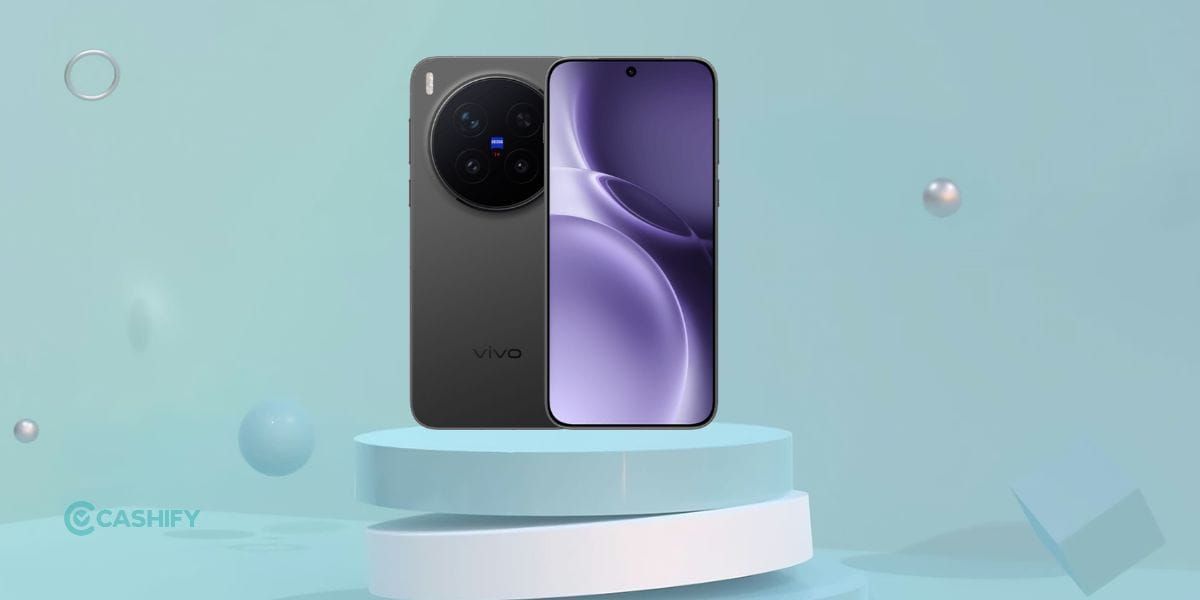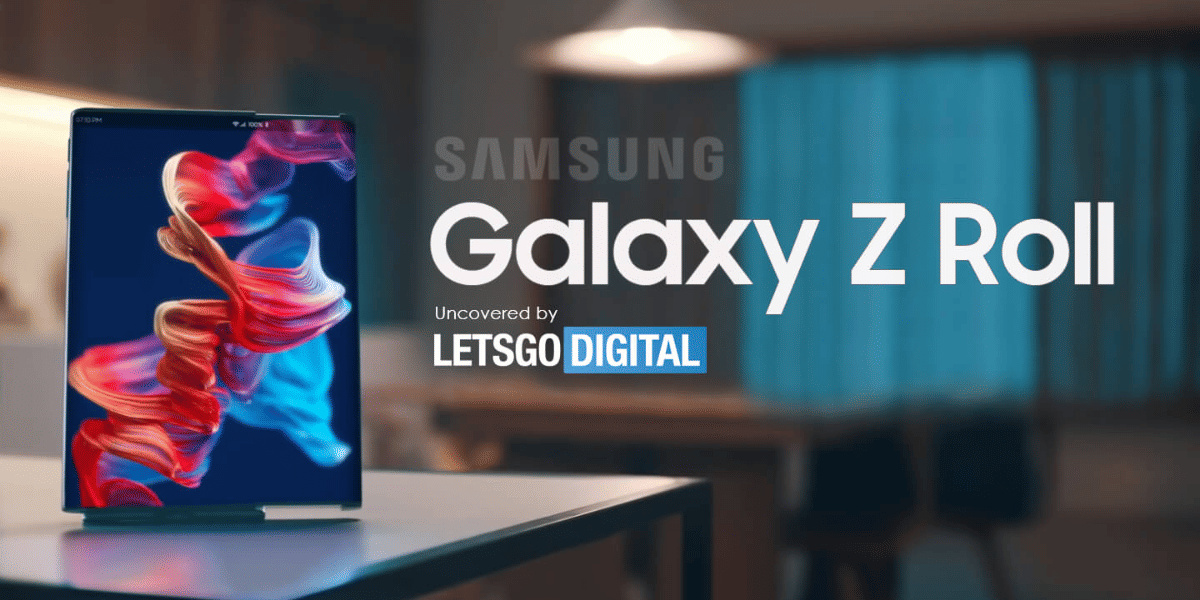Oppo has announced an array of new camera developments during its Future Imaging Technology launch event. These will launch in smartphones in the future. Moreover, they believe it will make them stand in their position as one of the leaders in the field. The company is bringing multiple new camera innovation technologies to their smartphones. The upgrades are primarily around smartphone camera sensors, modules and algorithms.
Also Read: Oppo Working on MagVOOC, Realme MagDart Alternative
Oppo also states they are focusing on self-development and optimisation of underlying imaging technologies. They are doing so in order to enable users to “capture the beauty in life with ease”. Some of the new innovations are a new RGBW sensor, 5-200mm Continuous Optical Zoom, Five-axis OIS technology. In addition, they will also bring a next-generation under-screen camera with a series of proprietary AI algorithms.
Oppo’s next-generation RGBW sensor

RGBW sensors aren’t new – back in 2015. Earlier, Huawei P8 introduced the sub-pixel formation to smartphones. However, this new sensor will enhance light sensitivity with improved colour performance. The sensor does so by introducing additional white sub-pixels, DTI technology, and Oppo’s self-developed 4-in-1 pixel algorithm.
As a result, the new sensor allows for 60 per cent more light to be captured than previous sensors. All the while achieving an up to 35 per cent reduction in noise to deliver much clearer and brighter images in low-light conditions. The next-generation RGBW sensor is also able to make portraits more expressive in both photo and video. It will do so by enhancements to skin, texture, and contrast. The new sensor will be commercially released in Oppo products from Q4 2021.
Also Read: Google Pixel 6 and Pixel 6 Pro To Feature 33W Fast Charging Support: Report
OPPO’s continuous optical zoom
Oppo unveiled its new 85-200mm Continuous Optical Zoom module, which adopts the glass + plastic (G + P) technology. It will use two ultra-thin, high-precision aspheric glass lenses to boost optical effects, including but not limited to minimizing stray light. The module also features a tunnel magnetoresistance sensor (TMR sensor). It allows the lenses within the camera module to move with increased stability and precision. Additionally, an upgraded guiding shaft motor increases the dynamic tilt in which the lens system can be moved, supporting continuous optical zoom at higher magnifications.
Five-axis optical image stabilisation (OIS)

OPPO’s new system will shift the sensor itself when the amplitude of the movement exceeds a threshold. It will do so with the five-axis system including horizontal shifting (x), vertical shifting (y), and rolling – together with algorithm compensation. It delivers a maximum stabilization angle of ±3°, which is three times greater than traditional OIS tech on smartphones.
Also Read: Realme Book Slim Launched in India: Price, Specifications
Moreover, Oppo claims that it’s five-axis OIS offers three times better stabilisation than traditional tech on mobile phones. It can help significantly improve stability, clarity, and colour performance; increasing the vibration compensation performance by up to 65% in night and motion shots, the company added.
Under-display camera
Oppo showcased its next-generation alternative. Apparently, this new implementation claims to climb to 400 pixels per inch over the under-screen camera. This new tech uses transparent wiring and a new design to offer a much finer display quality. In addition, with a smoother visual experience.
Also Read: Realme RMX3125 Spotted on TENAA; Design and Specs Tipped
Oppo also claims that the new algorithmic compensation tech precisely controls the chromaticity and brightness of the entire screen. It does so with a deviation of only about two per cent and an improved screen lifespan of up to 50 per cent. It also developed a series of imaging AI algorithms. These include diffraction reduction, anti-condensation, HDR, and Automatic White Balance (AWB). The algorithms claim to optimise the imaging quality of the under-screen camera.
We’ll need to wait until any of this makes it to an officially launched product. Only then we can see if any of this is as exciting as Oppo is making it seem.



























